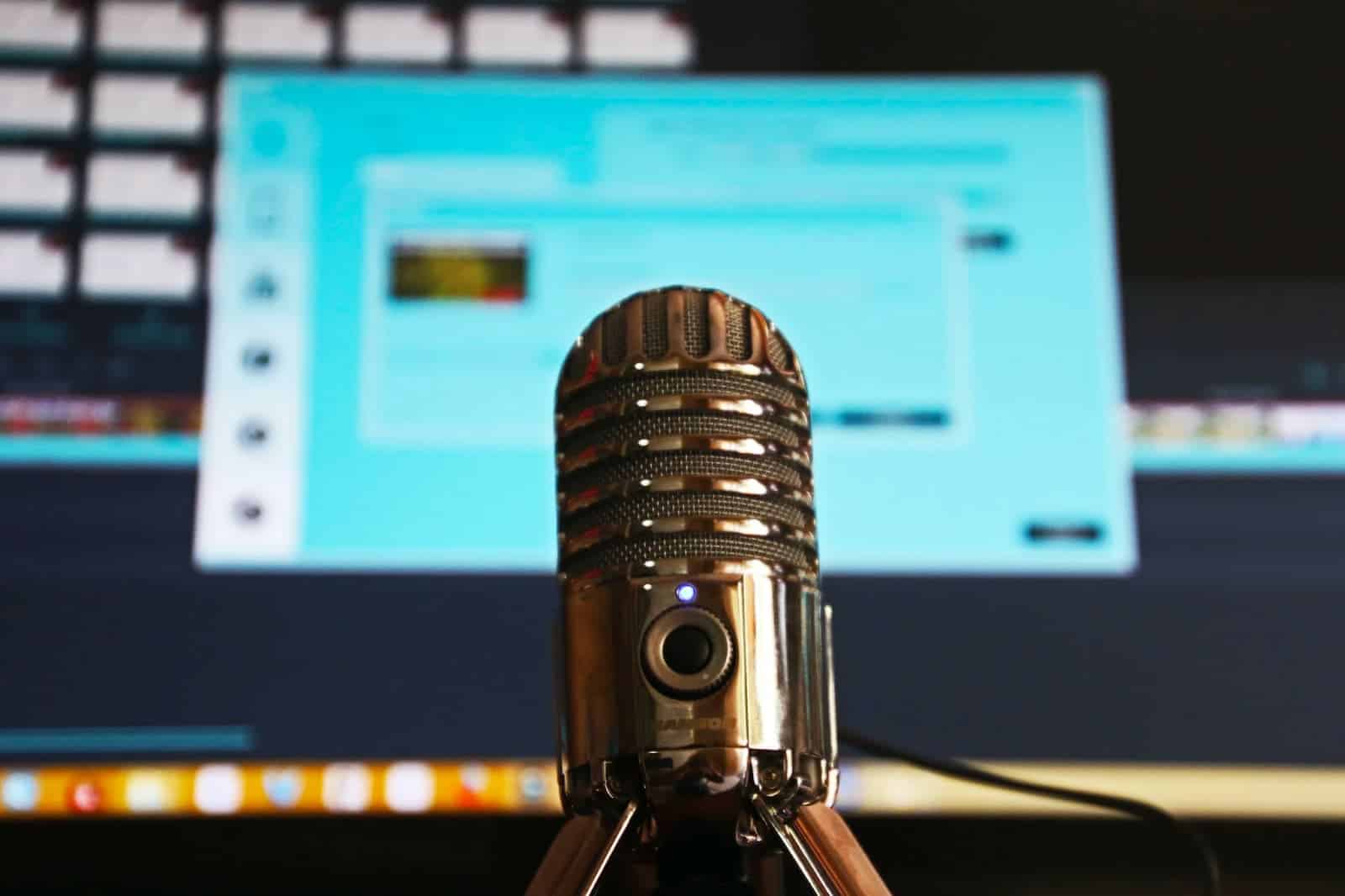Have you ever wanted to start a podcast? Maybe you have an interesting story to tell, or maybe you want to build up your authority in a certain subject area. Whatever your reasons, starting a podcast is a great way to reach a new audience and build your brand.
Do you feel that you won’t succeed or that your chosen topic won’t be of interest to anyone? Let’s look at an excellent example of how the topic of appliance repair in New Tecumseth interested listeners from all over the USA and Canada, thanks to clear planning and knowledge of their business.
What is Audio Podcast?
An audio podcast is simply an audio file that can be downloaded from the internet and played on a computer or mobile device. Podcasts are usually episodic, with new episodes released regularly, and they can be either short or long form.
In this complete step-by-step tutorial, we’ll show you everything you need to know about how to start a podcast, from coming up with an idea to publishing your first episode.
Step 1: Get the Equipment You Need
Before you launch your podcast, you’ll need to gather some supplies. Most importantly, you’ll need a microphone to record your episodes.
If you’re just starting, you can use a simple USB microphone that plugs directly into your computer. Once you’ve got your microphone, you’ll also need some recording software. There are a variety of different options available, but we recommend Audacity, which is a free, open-source program.
Step 2: Record and Edit Episodes of Your Appliance Repair Podcast
Once you have your equipment set up, it’s time to start recording your episodes! This part is mostly just a matter of hitting the “record” button and talking into the microphone.
If you’re using Audacity, there are a few basic editing steps you’ll need to do after recording each episode.
- First, you’ll want to remove any “dead air” moments where you’re not speaking.
- Second, you may want to add intro and outro music, or other sound effects.
- Finally, you’ll need to export your episode as an MP3 file.
Step 3: Choose a Podcast Hosting Platform
Now that you have your recorded and edited episodes, it’s time to choose a podcast hosting platform. This is where your episodes will live online, and where people will go to listen to them.
There are several different podcast hosting platforms to choose from, but we recommend Libsyn or Podbean. Both of these platforms offer affordable plans, and they make it easy to submit your podcast to iTunes and other directories.

Step 4: Submit Your Podcast to iTunes
Once you’ve chosen a podcast hosting platform, you’ll need to submit your podcast to iTunes to make it available to millions of potential listeners. You can do this by creating an RSS feed for your podcast and submitting it to iTunes via their Podcasts Connect website.
Step 5: Promote Your Podcast
The final step is to start promoting your podcast! There are several different ways to do this, but some of the most effective include:
- creating a dedicated website for your podcast,
- writing blog posts about each episode,
- guests posting on other popular podcasts,
- using social media to spread the word.
Step 6: Measure Your Success
Once you’ve started promoting your podcast, it’s important to measure your success so that you can adjust your efforts as needed. Some of the key metrics you’ll want to track include:
- number of downloads per episode,
- average listener retention rate,
- number of reviews and ratings on iTunes,
- social media engagement metrics.
By tracking these metrics, you’ll be able to see which of your marketing efforts are having the biggest impact and adjust your strategy accordingly.
Step 7: Continue Producing Great Content
Of course, the most important thing you can do to ensure the success of your podcast is to continue producing great content that your audience loves.
If you can keep putting out high-quality episodes regularly, you’ll build a loyal following that will stick with you for the long run.
Conclusion
Congratulations! You now know how to start a podcast even about such a specific theme as appliance repair. Just remember that starting a successful podcast takes time, effort, and dedication. But if you produce great content and promote your show effectively, you’ll be well on your way to building a loyal audience of listeners who can’t wait to hear what you have to say next.
Starting a podcast is a great way to reach a new audience and build your brand. Thanks for reading!
